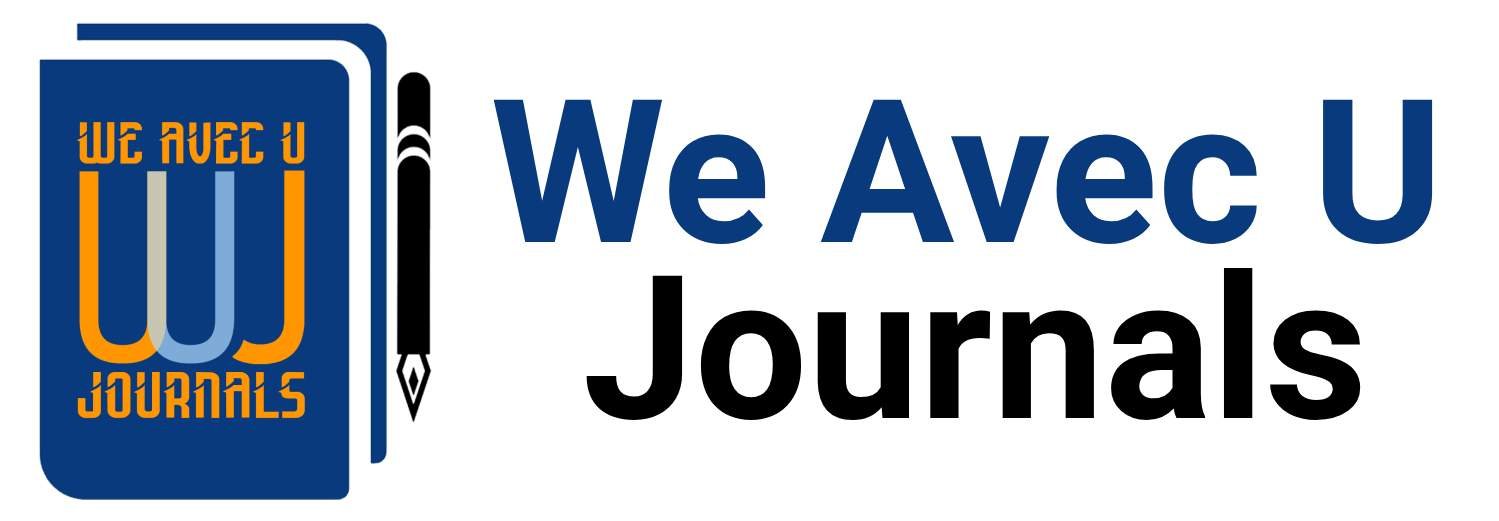Editorial Workflow
Editorial Workflow
Every manuscript submitted to a WeAvecU journal follows a rigorous, fair, and transparent editorial workflow to ensure the publication of high-quality, original research.
- Initial Manuscript Evaluation
- Editorial Screening: Upon submission, the manuscript is first evaluated by the editorial office to ensure it adheres to WeAvecU’s author guidelines and falls within the journal’s aims and scope.
- Desk Rejection Criteria: Manuscripts may be rejected at this stage if:
- The research is outside the journal’s scope.
- The article lacks scientific rigor or is overly general.
- The manuscript is poorly presented, with unclear methods or findings.
- The language is of poor quality.
- The content contains significant plagiarism.
- Assignment to Handling Editor
- Once the manuscript passes the initial check, it is assigned to an appropriate handling editor based on subject expertise and editor availability.
- Editors with any potential conflict of interest with the manuscript or its authors are not assigned to handle the manuscript.
- Peer Review Process
- Double-Blind Review: WeAvecU journals use a double-anonymous peer review process. Reviewers do not know the identities of the authors, and authors do not know the identities of the reviewers.
- Reviewer Selection: The handling editor assigns the manuscript to at least two independent peer reviewers with relevant expertise and no conflicts of interest.
- Reviewer Recommendations: Reviewers evaluate the manuscript and recommend one of the following actions:
- Publish unaltered
- Consider after minor changes
- Consider after major changes
- Reject (manuscript is flawed or not sufficiently novel)
- Editorial Decision
- Once all reviewer reports are received, the handling editor makes an editorial recommendation, which may be:
- Publish unaltered
- Consider after minor changes
- Consider after major changes
- Reject
- If the editor recommends “publish unaltered,” the manuscript undergoes a final check by the editorial office to ensure compliance with all journal policies and guidelines.
- If minor or major changes are required, the authors are notified and asked to revise their manuscript accordingly.
- Once all reviewer reports are received, the handling editor makes an editorial recommendation, which may be:
- Revision and Further Review
- Minor Changes: Authors submit a revised manuscript addressing reviewer comments. The handling editor reviews the changes and, if satisfied, may accept the manuscript.
- Major Changes: Authors submit a revised manuscript, which is typically sent back to the original reviewers for further evaluation. Reviewers provide updated recommendations, and the editor makes a final decision based on these reports.
- Final Decision and Notification
- Acceptance: Once all requirements are met, the authors are notified of acceptance.
- Rejection: If the manuscript is rejected at any stage, the authors are promptly informed, and the decision is final.
- Authority: Editors have the authority to reject any manuscript due to subject inappropriateness, lack of quality, or incorrectness of results. Editors may not serve as external reviewers for manuscripts they handle.
- Manuscript Tracking and Transparency
- The entire editorial workflow is managed through WeAvecU’s secure online manuscript tracking system, ensuring transparency and timely communication with authors and reviewers.
